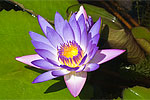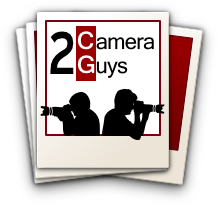Best Camera under $200
What is the best camera under $200 you ask? We've road-tested the most popular point-and-shoot cameras under $200 to find out. But beyond asking which camera is the best, there is another question: with smartphones sporting 8-megapixel cameras these days, do you really need a separate point and shoot camera in your pocket? After all, they say that the best camera is the one you have with you. More often than not, that camera is the one built into your iPhone or your Android. What do point-and-shoot cameras have that your iPhone doesn't? Are they worth an extra $200 and the effort to keep track of yet another device?
Truth be told, if you're just looking for a camera to take casual snaps of your friends to post to Facebook, you may want to skip the point-and-shoot camera altogether. After all, your smartphone will take decent photos and it connects to the Internet so you can instantly share your memories. But if you're looking for better photos in a wider range of situations, you may want to invest in a point-and-shoot camera. Point-and-shoots have better lenses and better flashes, which are essential for capturing wider angles, darker scenes, and fast-moving subjects.
Results of the shootout for Best Camera under $200...
FIRST PLACE
Panasonic Lumix DMC-SZ1
10x zoom, 16 MP (more specs)$180
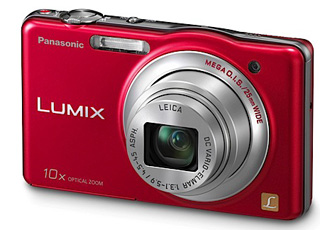 |
We first saw the Panasonic Lumix DMC-SZ1 at the 2012 Consumer Electronics Show in Las Vegas. This point-and-shoot camera is not only one of the slimmer, lighter cameras in the shootout, but it's the most consistent, reliable camera that we tested. The SZ1 produces sharp, in-focus, saturated images, which makes it great for a variety of situations, from brightly-lit outdoor scenes to moody indoor shots. On top of that, the SZ1 offers up simple, easy-to-use menus -- even for first-timers who have never seen a digital camera before. The bottom line: the Panasonic SZ1 will give you excellent images most of the time, and pretty good images the rest of the time. And at the end of the day, what you really want is a camera you can count on, right? More about the Panasonic DMC-SZ1.
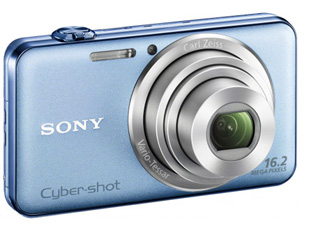 |
Sony Cyber-shot DSC-WX50
5x zoom, 16 MP (more specs)
$180
The Sony Cyber-shot DSC-WX50 isn't quite as consistent in terms of image quality as is the Panasonic, but it's still very good. The WX50, which is the smallest and lightest of our tested cameras, takes second place in this shootout. This camera produces good skin tones and has a great, even flash that fills in every part of the photo. In other words, it's perfect for people who are looking to take photos of people in darkened areas (say, a club or a bar). The WX50 has the shortest optical zoom (5X) of the batch, but it's the only camera that records video in 1080i at 60 frames per second. More about the Sony WX50.
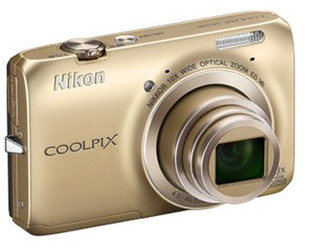 |
Nikon Coolpix S6300
10x zoom, 16 MP (more specs)
$175
Nikon's DSLR dominance unfortunately doesn't seem to translate to its point-and-shoot cameras. The Nikon Coolpix S6300 came in third place in this shootout, mainly because of its consistently overexposed, washed-out images -- and don't even get me started on the too-strong flash. The S6300 is also the biggest and heaviest camera of the bunch, weighing in at 160 grams -- 43 grams heavier than our lightest contender, the Sony WX50. The S6300 isn't all bad, though. While images were consistently washed out, the Nikon did manage to offer up crisp details in some scenes. It also has some higher-end features, such as 3D photo mode and 1080p video at 30 frames per second. More about the Nikon S6300.
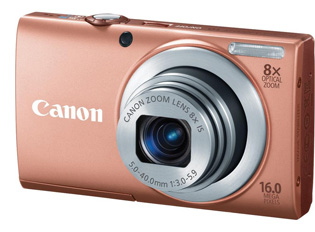 |
Canon PowerShot A4000 IS
8x zoom, 16 MP (more specs)
$169
The Canon PowerShot A4000 IS is more along the lines of what you think of when you think of a budget point-and-shoot. This camera is mediocre in just about every way: mediocre image quality, mediocre design, mediocre feature set. Images from the A4000 IS tended to be soft and blurry, and color representation was a complete crapshoot -- sometimes photos would display rich hues, and other times the entire image would look washed out. The A4000 IS also showed a lot of noise in images with dark areas. The A4000 IS also lacks both the higher-end and the medium-end features: there's no 3D mode or 1080p video, but there's also no panoramic view. It's the only camera in the shootout to lack a panoramic mode. To be fair, the Canon is the cheapest camera in the bunch -- you'll save a whopping $10 by going with this camera over the others.More about the Canon A4000 IS.


